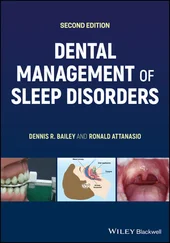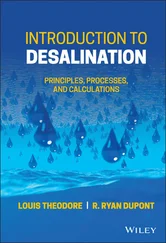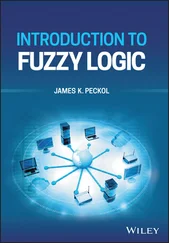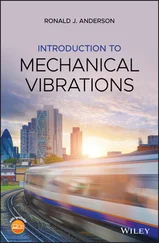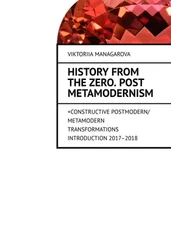3 Defining Groups
KEY TOPICS
How to define a speech community – regions, users, and norms
How to define a community of practice – interactions
Social network features and configuration
Social identity and group membership
How beliefs about groups of speakers and their languages shape how we speak
Language is both an individual phenomenon and a societal phenomenon. We look at the language of individuals and take into account their personal experiences, attitudes, and motivations for using language in different ways. But these individuals do not live in a vacuum, they are members of social groups, communities, cultures, and societies, so we are also concerned with how language use is influenced by membership in social groups. The material we cover in this chapter revolves around the underlying question of, how can we define and demarcate social groups? There are two broad aspects to this; what is meaningful for language users in terms of their sense of belonging and identification, and what is a meaningful way for sociolinguists to conceptualize and operationalize groups for the study of language use. As we’ll see in the following sections, sociolinguists talk about groups in different ways, and these contribute different things to sociolinguistic research and our understanding of language variation.
We must remain aware that the groups we refer to in various research studies are often groups we have created for the purposes of our research using this or that set of factors. They are useful and necessary constructs but we would be unwise to assume that speakers themselves would also define their group membership along the same lines.
Further, we must be careful about our interpretation of the data from these groups. It is difficult to draw conclusions about individuals on the basis of observations we make about groups that we have defined for our research purposes. Furthermore, to say of any member of such a group that he or she will always exhibit a certain characteristic behavior is to offer a stereotype. We talk about such stereotypes as being part of essentialism, the idea that people can be placed into fixed social categories and that all members we assign to a category share certain traits which we see as the essence of this category. What sociolinguists (and social scientists) seek to do is not to make such generalizations, but to discover patterns in data which link social factors with language use without ignoring variation within groups and the specific practices and experiences that make up individual identities.
After our discussion of speech communities, social networks, and communities of practice, we will link these ideas about how we might define social groups with a framework for studying social identities in order to provide a bridge between individual repertoires and social categories. The final section of this chapter then moves on to look at how people view these social groups and the ways of speaking associated with them, looking at language attitudes, language ideologies, and perceptual dialectology studies.
Sociolinguists have offered different interpretations of the concept of the speech community. We are faced with the dilemma of wanting to study groups of language users but lacking a clear definition of what comprises a group. We will discover that just as it is difficult to define such terms as language, dialect, and variety, it is also difficult to define speech community, and for many of the same reasons. Nevertheless, this concept has proved to be invaluable in sociolinguistic work in spite of a certain ‘fuzziness’ as to its precise characteristics.
In sociolinguistics, we need a specific definition of a group in order to do research. The kind of group that sociolinguists have generally attempted to study is called the speech community(see Patrick 2002 and Morgan 2001, 2004, for a general survey of the research). For purely theoretical purposes, some linguists have hypothesized the existence of an ‘ideal’ speech community. However, such a speech community cannot be the concern of sociolinguistics: it is a theoretical construct employed for a narrow purpose. Consequently, we must try to find some alternative view of speech community, one helpful to investigations of language in society rather than necessitated by abstract linguistic theorizing.
Lyons (1970, 326) offers a definition of what he calls a ‘real’ speech community: ‘all the people who use a given language (or dialect).’ However, that merely shifts the issue to making the definition of a language (or of a dialect) also the definition of a speech community. If, as we saw in chapter 2, it proves virtually impossible to define language and dialect clearly and unambiguously, then we have achieved nothing. It is really quite easy to demonstrate that a speech community is not coterminous with a language: while the English language is spoken in many places throughout the world, we must certainly recognize that it is also spoken in a wide variety of ways, in speech communities that are almost entirely isolated from one another, for example, in South Africa, in New Zealand, and among anglophone immigrants in China. We must ask ourselves in what sense does this modern lingua franca produce a speech community that might be of interest to us, that is, ask what else is shared other than the very language itself. Furthermore, if speech communities are defined solely by their linguistic characteristics, we must acknowledge the inherent circularity of any such definition in that language itself is a communal phenomenon. Language users do use linguistic characteristics to achieve group identity with, and group differentiation from, other language users, but they use other characteristics as well: social, cultural, political, and ethnic, to name a few. Our search must be for criteria other than, or at least in addition to, linguistic criteria if we are to gain a useful understanding of ‘speech community.’
We should also note that a recognizable single speech community can employ more than one language, whether we use national boundaries to define it (e.g., Switzerland, Canada, Papua New Guinea, all countries with more than one official language), city (or city‐state) designations (e.g., Berlin, Singapore, New York City, where multiple languages are used for everyday interactions, education, and commerce), or neighborhood boundaries (e.g., in Little Village in Chicago you can hear both Spanish and English and in San Francisco’s Chinatown both Cantonese and English are commonly used). While these speech communities are all defined in terms of geographic areas, as we will see in the discussion below, there are other criteria besides language and region we can use to define speech communities.
One approach to defining a speech community often taken in sociolinguistics is to say that the language users in such a community share some kind of common feeling about linguistic behavior in that community, that is, they observe certain linguistic norms. Such an appeal to norms is an essential part of Labov’s definition of speech community (1972, 120–121):
The speech community is not defined by any marked agreement in the use of language elements, so much as by participation in a set of shared norms; these norms may be observed in overt types of evaluative behavior, and by the uniformity of abstract patterns of variation which are invariant in respect to particular levels of usage.
This definition shifts the emphasis away from members of a speech community speaking the same to ascribing the same social meanings to particular ways of speaking. Milroy (1987, 13) has indicated some consequences of such a view:
Читать дальше
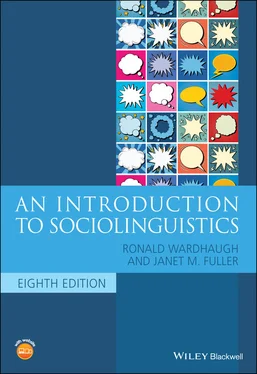



![Andrew Radford - Linguistics An Introduction [Second Edition]](/books/397851/andrew-radford-linguistics-an-introduction-second-thumb.webp)

